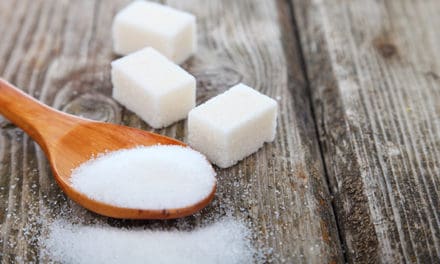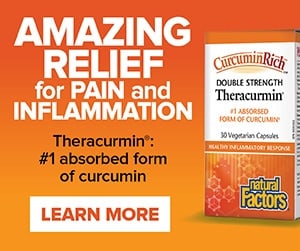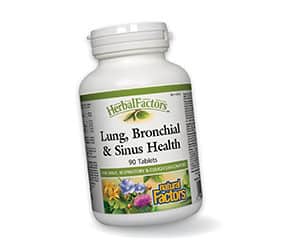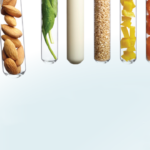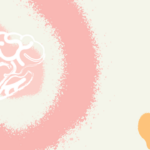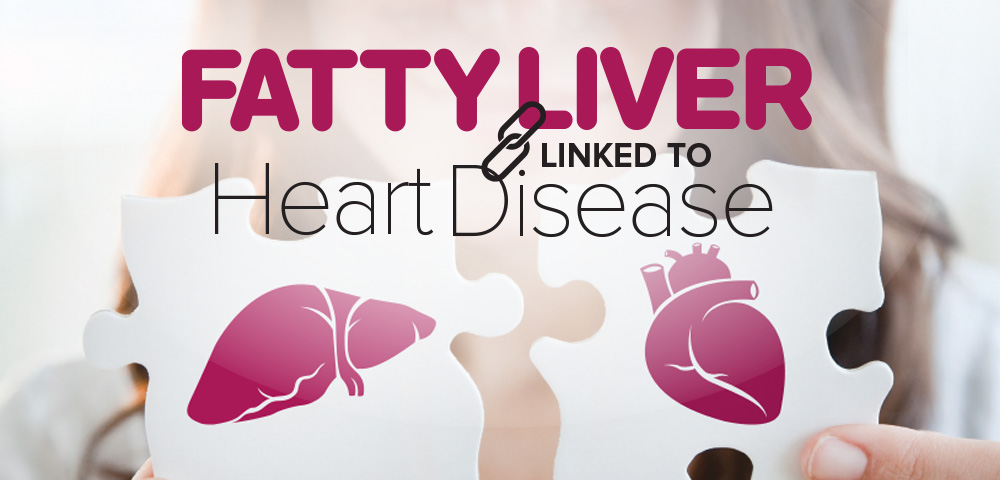
Fatty liver disease also known as non-alcoholic fatty liver disease (NAFLD) is a condition that most people have never heard of, and yet up to 25% of us live with it and may not even know it.
NAFLD is a medical condition whereby excess fat accumulates in the liver and is a significant risk factor for diabetes, heart attacks, and even cancer.
NAFLD is diagnosed by using specific liver function blood tests or an ultrasound. It can cause a whole cascade of issues. It causes inflammation in the body, which can create insulin resistance and pre-diabetes, which in turn causes the body to deposit fat not just in your liver, but also all around the organs and in the belly.
Most people with NAFLD have few or no symptoms, but some may complain of fatigue, malaise, and dull right-upper quadrant abdominal discomfort.
Given the name, you probably think it is caused by excess fat in the diet, but this is not always the case. Fatty liver disease is mostly caused by all the sugar and starch/flour in our diet.
Take foie gras, for example. Foie gras is a delicacy made from duck or goose liver. To make foie gras, ducks or geese are force-fed sugar in the form of corn and starch. Feeding this type of diet creates a fat-production factory in the liver, a process known as lipogenesis, which is the body’s normal response to sugar. Sugar and exceptionally high-fructose corn syrup found in processed foods is one of the biggest causes of fatty liver disease.
Strategies for LIVER HEALTH
The primary goal, in most cases of fatty liver disease, is improving insulin sensitivity through diet and supplementation.
- The elimination of high-glycemic-index foods is a critical step in both the prevention and the treatment of NAFLD.
- Watch for high-fructose corn syrup. Read labels – especially in salad dressings, sauces, ketchup, or tomato sauce.
- Reduce or eliminate starch. Get rid of the white, refined, and processed flour. Even whole grain flours can be a problem for some.
- Include good fats in the diet – olive oil, avocados, coconut oil, and fish oil.
- Eat foods rich in compounds that help protect the liver from damage and improve liver function, like garlic, legumes, and onions.
- Eat soluble-rich fibre foods, such as pears, oat bran, apples, and vegetables in the brassica family, especially broccoli, Brussels sprouts, and cabbage as well as artichokes, beets, and dandelion.
- Minimize or eliminate substances that increase stress on the liver, such as excess coffee and alcohol.
- Research-rich silymarin, the potent extract found in milk thistle, protects the liver from damage, and enhances detoxification by increasing the liver’s glutathione content. Glutathione is a critical compound in liver function that is low in people with NAFLD.
- N-acetylcysteine (NAC) is another molecule that supports and replenishes the natural antioxidant glutathione, sparing liver cells from the effects of oxidant and free radical damage.
- Betaine, choline, methionine, vitamin B6, folic acid, and vitamin B12 are essential lipotropic agents, compounds that promote the flow of fat and bile to and from the liver. They produce a “decongesting” effect on the liver and improve liver function and fat metabolism. Lipotropic formulas appear to increase the levels of two crucial liver substances: SAMe and glutathione.
- Magnesium levels are significantly lower in those with NAFLD. Suboptimal magnesium status may contribute to the insulin resistance that plays a role in the development of NAFLD.
- Bile acids from ox bile are effective in promoting the flow of bile and fat to and from the liver and relieving liver congestion.
A plant-based diet with a few select dietary supplements can go a long way in protecting the liver and supporting detoxification.


